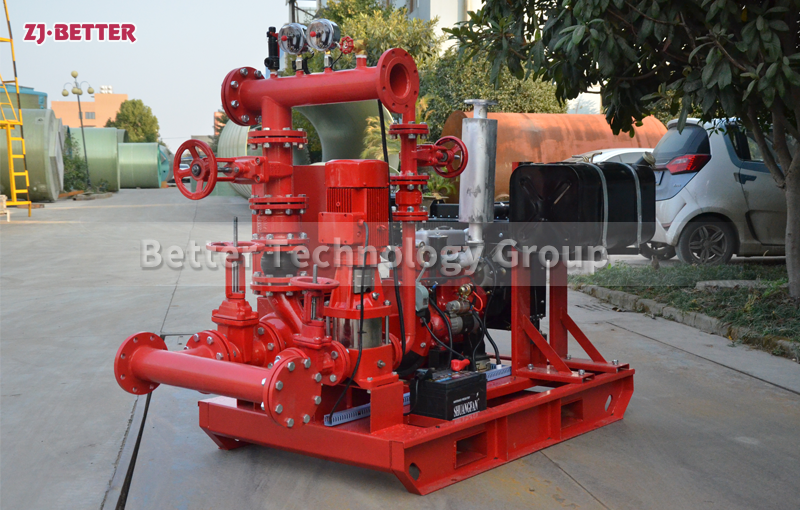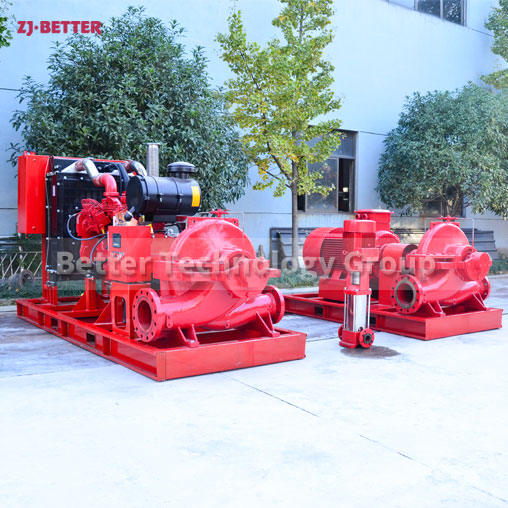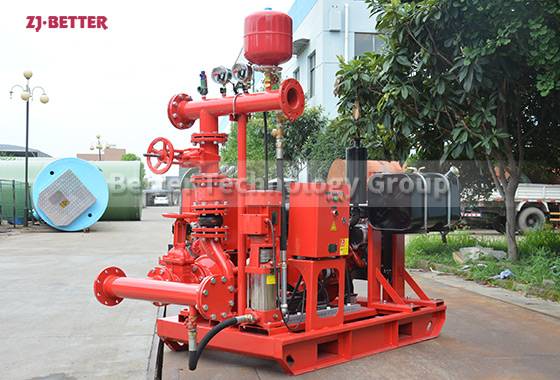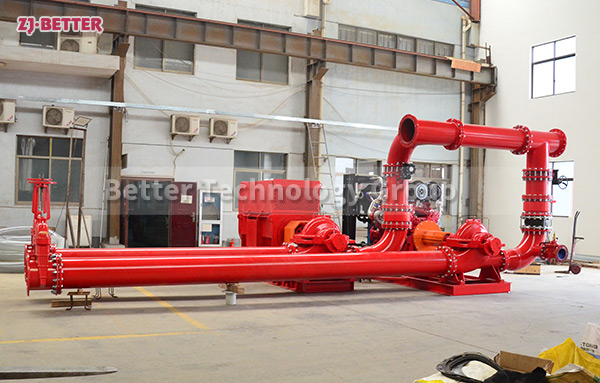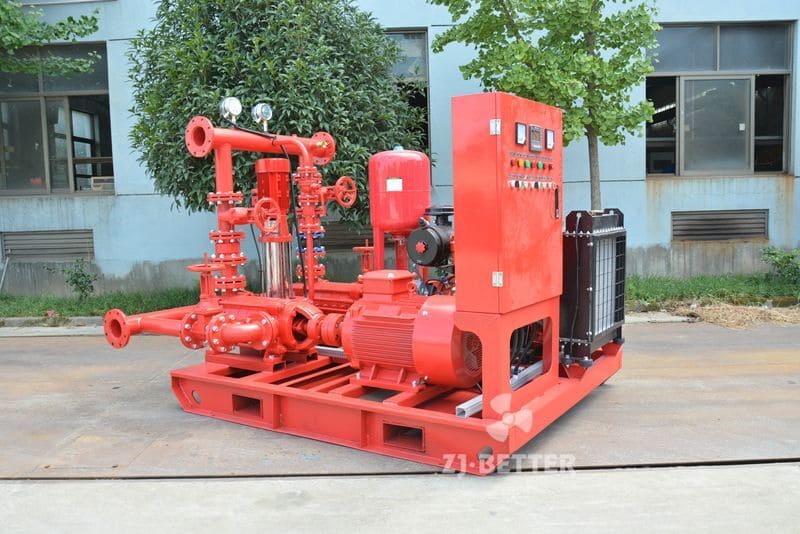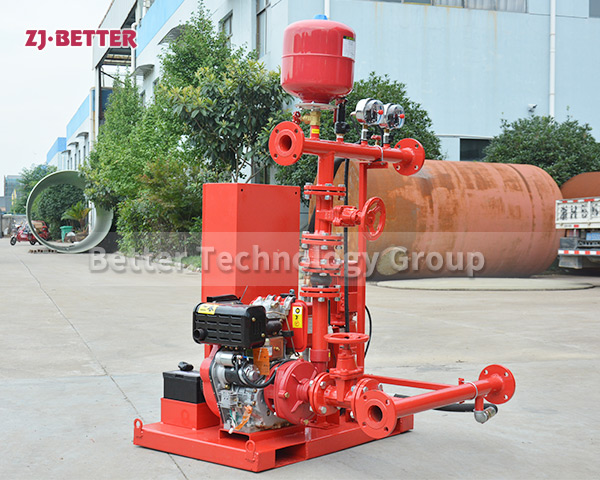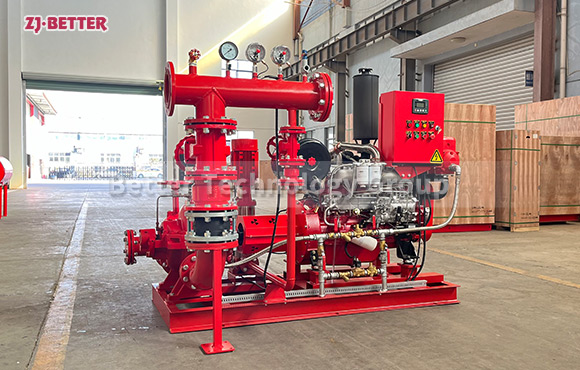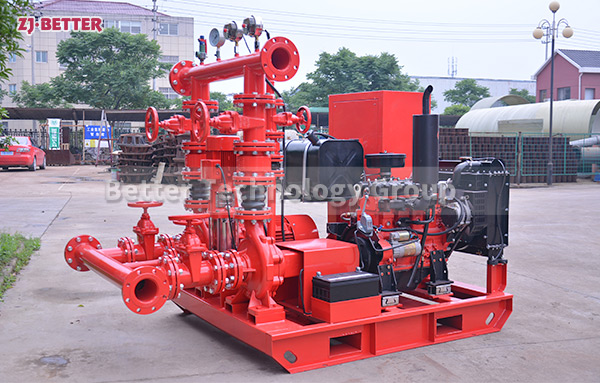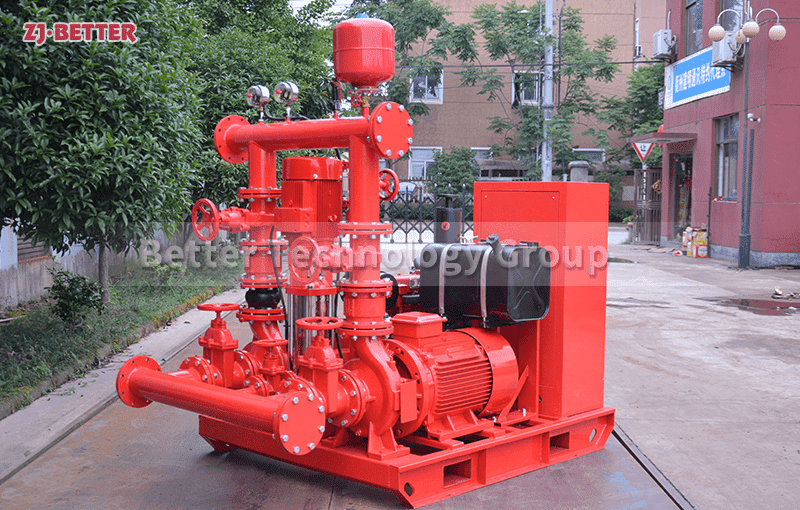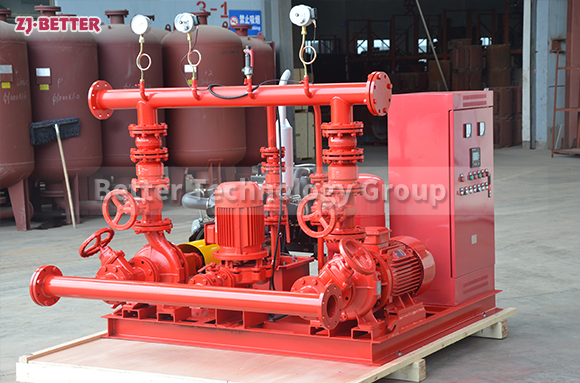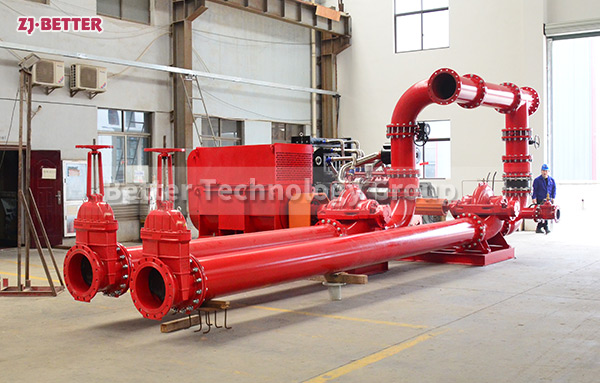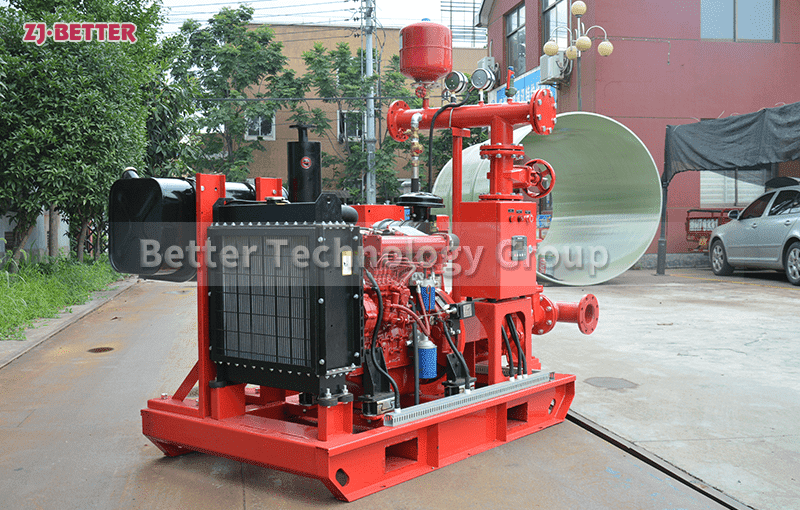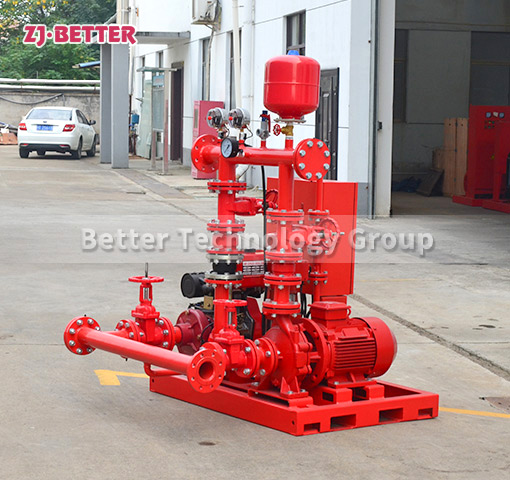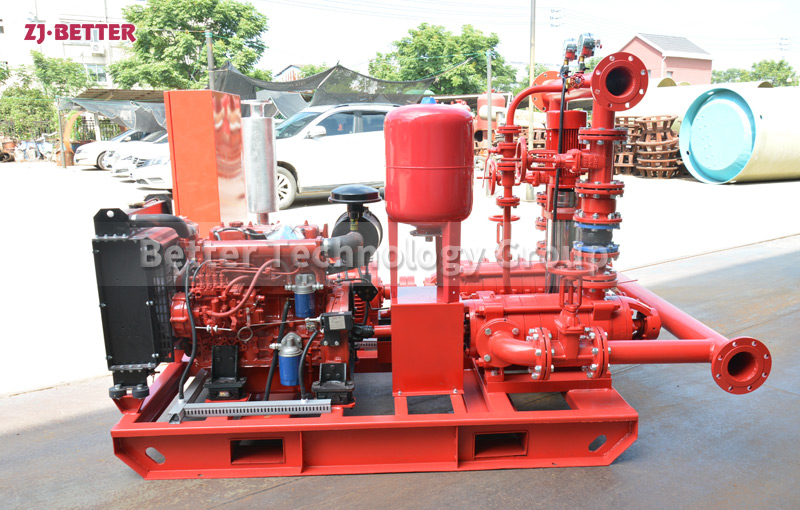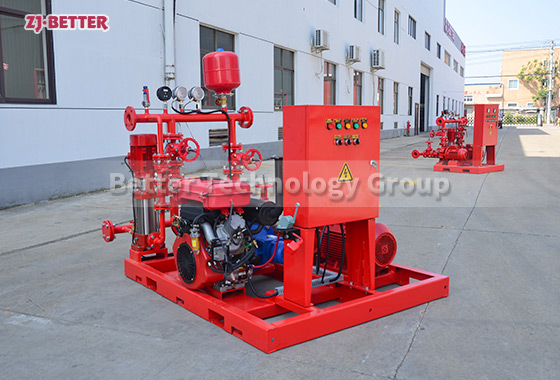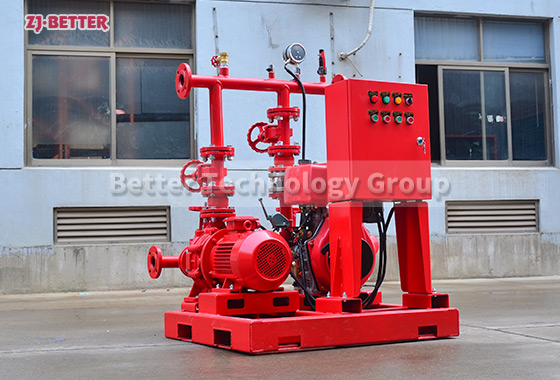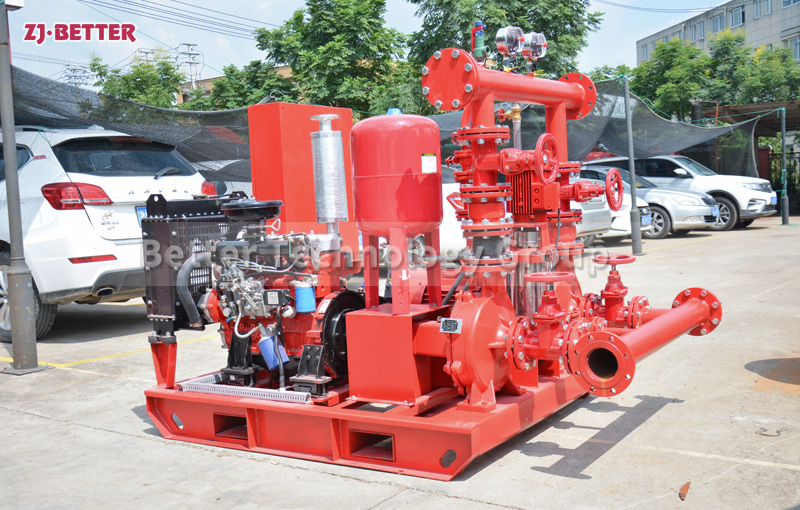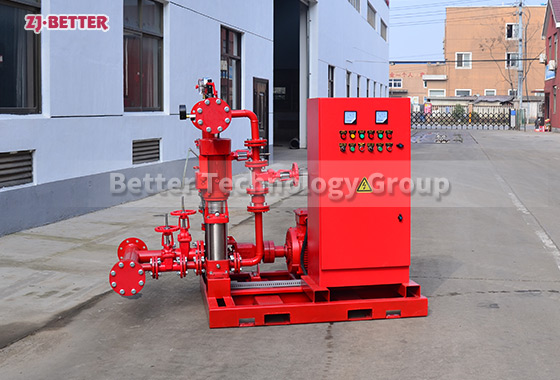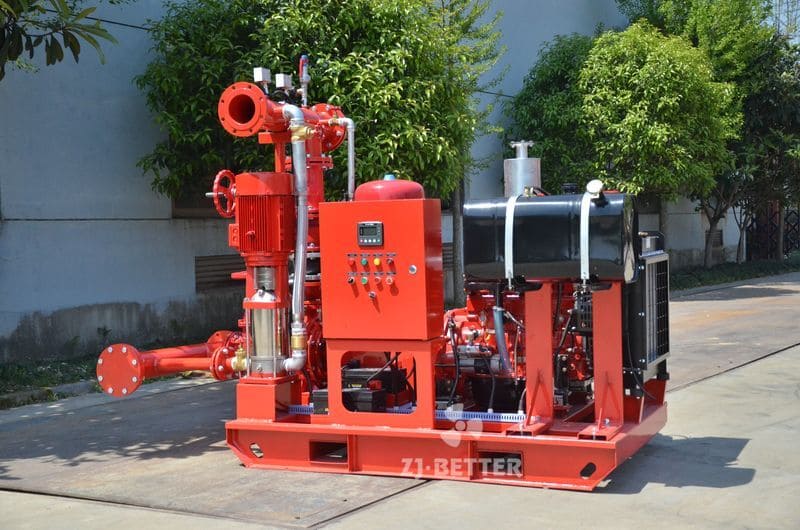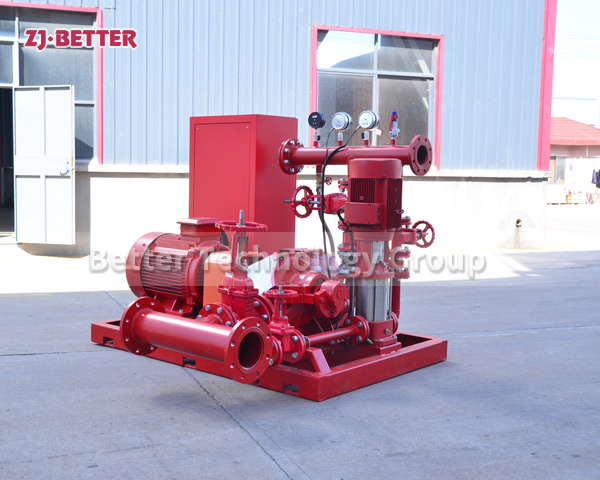Performance and advantages of diesel engine fire pump
The diesel fire pump set is easy to maintain, has a high degree of automation, reliable performance, and a wide range of equipment pressure and flow. XBC type automatic diesel engine fire pump set, as a fixed fire extinguishing equipment, has been widely used in fire diversion, especially in fire water supply under unexpected circumstances such as no power supply or abnormal power supply (mains power).
Features:
1. Strong power: The overall crankshaft of the diesel unit has high rigidity, high strength, and high efficiency of torque transmission.
2. Advanced technology: It adopts international advanced technology and gantry body, sliding bearings, plate-fin cooler, top-mounted heat exchanger, spin-on oil filter and double cooling system.
3. Superior performance: the smoke and noise indicators reach the national first-class products, and the fuel consumption is lower than the national standard first-class products by more than 2.1g/kW.h.
4. High degree of automation: It has automatic, manual and fault self-inspection functions, monitors the working conditions in the whole process, can recover faults and restarts automatically if it fails to start, and automatically pre-lubricates and pre-heats to make the equipment start safer and more reliable; it has a central control room. Remote control and remote transmission control function, also has field bus connection (optional function). The battery adopts automatic floating charging (constant current, constant voltage, trickle charging) charging method to ensure that the battery is in a standby state at any time.
5. Easy to use: equipped with remote transmission instruments and meters, which can be connected to the control center as needed, easy to install and use, and easy to maintain.

